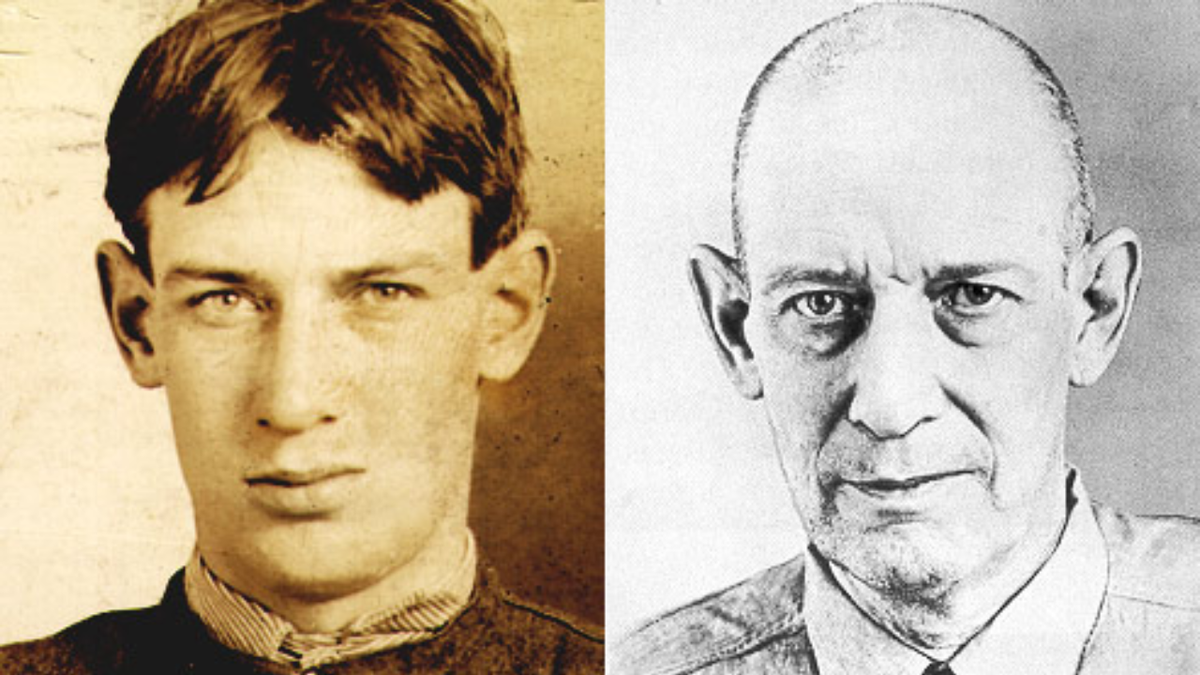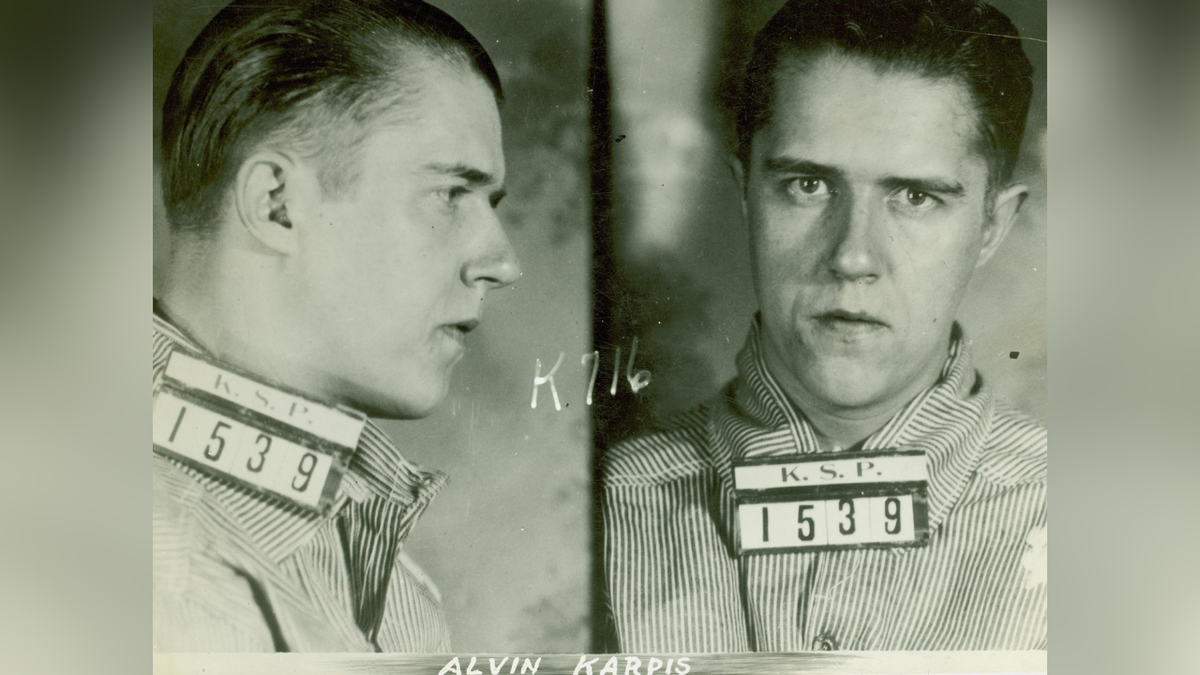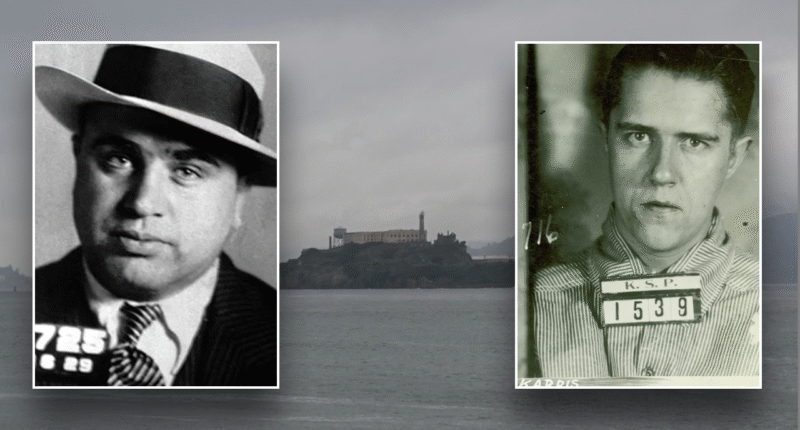President Donald Trump recently stirred controversy by suggesting the reopening of Alcatraz, the infamous prison located near San Francisco, California. In a post on his social media platform, Truth Social, Trump called for the rebuilding and reopening of Alcatraz, citing concerns about rising crime rates and the need for a strong message of law and order.
In his post, Trump emphasized the idea of reopening a larger and enhanced version of Alcatraz to detain what he described as “America’s most ruthless and violent offenders.” He criticized the current justice system for failing to adequately address crime and vowed to take a tougher stance to ensure safety and justice for all citizens.
Trump’s proposal to reopen Alcatraz was met with mixed reactions, with some supporting the idea as a way to combat crime and others questioning the feasibility and ethics of such a drastic measure. The call to reopen Alcatraz has reignited discussions about the role of prisons in society and the best approach to addressing criminal behavior.
During its time as a federal prison, which spanned almost 30 years, Alcatraz housed a total of over 1,500 inmates. Read about the most infamous inmates below:

Robert Stroud killed a corrections officer in 1916. (Bureau of Prisons)
Robert Stroud – “Bird Man” of Alcatraz
In 1909, Robert Stroud killed a bartender who allegedly didn’t pay a prostitute he was pimping. He was convicted of manslaughter and served his sentence at U.S. Penitentiary, McNeil Island, Washington. While in federal prison, according to the Bureau of Prisons, Stroud attacked another inmate, resulting in his transfer to USP Leavenworth.
While at USP Leavenworth, Stroud killed corrections officer Andrew Turner in 1916.
Stroud was convicted of first-degree murder as a result, and was sentenced to death. In 1920, former President Woodrow Wilson commuted his sentence to life in prison.
While in prison, Stroud developed a deep interest in birds, and would go on to write two books about birds and their diseases. Prison officers eventually found contraband items hidden inside bird cages that Stroud got his hands on, resulting in his transfer to Alcatraz in 1942.
Stroud spent 17 years in Alcatraz before he died on Nov. 21, 1963.

Alvin Karpis was involved in the 1933 kidnapping of William A. Hamm, Jr. (FBI)
Alvin ‘Creepy’ Karpis
Alvin Karpis was a member of the Barker/Karpis gang, which was involved in a number of high-profile kidnappings.
Karpis was involved in the 1933 kidnapping of William A. Hamm, Jr., president of the Theodore Hamm Brewing Company, according to the FBI. Hamm, Jr. left the building when he was grabbed by four individuals who pushed him into a car.
Members of the Barker/Karpis gang were responsible for the kidnapping, and demanded a ransom of over $100,000. Hamm signed a number of ransom notes in Wisconsin before he was taken to a hideout in Bensenville, Illinois. After the ransom was paid, Hamm was released near Wyoming, Minnesota.
Using fingerprint technology, the FBI used fingerprints on the ransom notes to identify suspects in the kidnapping – Karpis, “Doc” Barker, Charles Fitzgerald, and other members of the gang.
Karpis was eventually arrested in New Orleans, Louisiana, with former FBI Director J. Edgar Hoover being part of the raid which led to his arrest on May 2, 1936.
Karpis, born in Montreal, spent 10 years in prison for burglary before working with members of the Barker family on more extreme crimes.
While Karpis was sentenced to life in prison, he spent time in various federal prisons, including Alcatraz. He was paroled in the late 1960s. He got his “creepy” nickname because of his smile.
Morton Sobell
Morton Sobell was convicted of espionage on behalf of the Soviet Union in 1951, but wasn’t convicted of providing the Soviet Union with stolen nuclear secrets, according to History.com.
He was sentenced to 30 years in prison, with 18 of them being spent in Alcatraz before he was paroled in 1969.
Julius and Ethel Rosenberg, who were charged along with Sobell, were sentenced to death through electric chair.

















